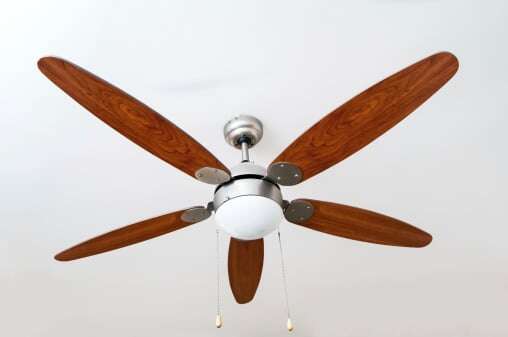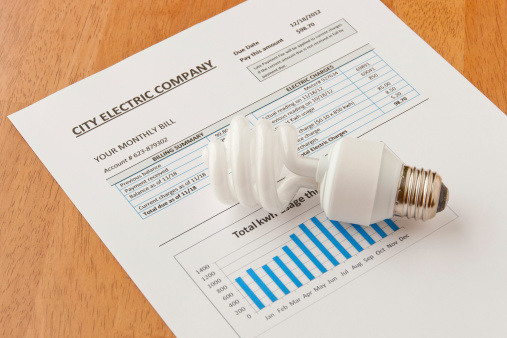 This has been a rather vexing summer for Northern Californians who are overheated homeowners and want to stay cool while keeping their electric bill in check. There are some fun ways in Chico to keep cool, but there are also some eco-friendly home tips you can put into action right away: blocking outdoor heat, removing interior heat and reducing heat sources.
This has been a rather vexing summer for Northern Californians who are overheated homeowners and want to stay cool while keeping their electric bill in check. There are some fun ways in Chico to keep cool, but there are also some eco-friendly home tips you can put into action right away: blocking outdoor heat, removing interior heat and reducing heat sources.
Block outdoor heat
Preventing heat from entering your home basically requires you to focus on three proactive steps: insulating, providing effective shading, and installing reflective barriers.
- Insulation, caulk and weather stripping are tools that are most commonly associated with keeping cold air out in the winter. But they're just as vital to keeping the warm air out in the summer. The best part? They're easy to install, right down to the fiberglass insulation that can do wonders in your attic, garage or both.
Let the U.S. Department of Energy guide your best insulating efforts, from your attic, walls and floors to your basement and crawlspace. Caulk and weather stripping around electrical sockets, doors and windows can help you create a so-called “thermal envelope” around your home.
- A well-planned landscape that contains trees, shrubs and trellises can reduce an unshaded home's air conditioning costs by between 15 and 50 percent. Look for specific ideas in the article, “Strategic Landscaping Ideas: Reduce Your Summer Air Conditioning Bill.” Tall trees come at a cost, so prioritize your shading efforts by planting trees due west of west windows first; then plant shade trees due east of east windows.
- Reflective barriers can be as straightforward as painting or changing the color of your roofing material to a light (rather than dark) color. A radiant barrier – a foil paper that is stapled to the roof rafters on the underside of a roof – is more labor-intensive but might be a viable option for your home.
Remove interior heat
Heat rises, so focus your efforts on removing interior heat with the home tips below.
- A whole-house fan, which draws air in from open windows and exhausts it through the attic and roof, can be so supremely “eco-cool” that you might be able to forgo air conditioning entirely, especially if you use window, portable and ceiling fans at the same time. (Learn more about this ventilation technique in the Experts article, “Clear the Air with 3 Basic Home Ventilation System Techniques.”)
- Learn all about ceiling fan science in “Can a Ceiling Fan Help Limit the Use of Your Air Conditioning System?” But know this: ceiling fans create such a noticeable wind-chill effect that you can raise your thermostat by about 5 degrees (and maybe more) while they're running. And they cost about one-tenth of the wattage of an air conditioner to operate.
- Create what is known as a “thermal chimney” by opening first-floor windows on the side of your home where breeze is flowing in. Then open the second-floor windows on the opposite end of your home. The warm air in your home will move up and out the second-floor window, thereby creating an effect known as “thermal siphoning.” It's obviously most effective when the temperature inside your home is higher than the outdoor temperature.
- Roof vents provide an escape for the heat that accumulates in your attic and that would otherwise seep right down into your home. They're inexpensive and easy to install and will even help remove moisture from the attic during the fall and winter.
Reduce heat sources
Take a good, hard look around your home for anything and everything that generates heat (especially idle computers) and then pull the plug if you're able. Also consider the additional home tips below:
- Switching to energy-efficient LED bulbs, which emit 90 percent less heat than incandescent bulbs.
- Reducing humidity by using exhaust fans in the kitchen and bathroom, covering pots while cooking and ensuring that your dryer is vented properly to the outdoors.
- Insulating your water heater.
- Turning off the “dry” cycle on your dishwasher.
By combining some of these efforts, you should be able to raise the temperature on your thermostat – the most “eco-friendly” step of all. It may not feel as cool in your home, but it should be pretty cool to see your next utility bill.
If you'd like to get more home tips sent straight to your inbox, subsribe to our blog by clicking below.








